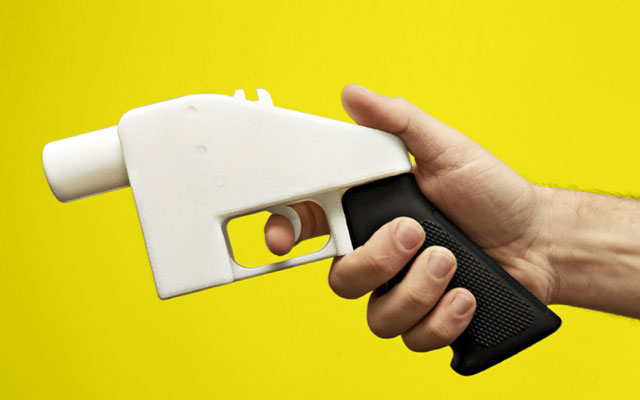A Smart City design is using digital technologies or IT to increase the quality of urban services, to reduce costs and resource consumption and to engage more effectively with its citizens. This new way of city organizing could help us face the technological, economic and environmental changes of our last decades. These new technologies are from great value, but could also harm our society. The Smart City could be hacked. There are plenty of examples: Smart street lighting that was switched off remotely by unauthorized persons and traffic lights that were manipulated by hackers. This might sound like playful misbehavior but imagine that the same hackers can see that you are not at home since the sensors in your home tell them. Or imagine a whole power plant being hacked leaving the city without electricity?
Other negative sides of the development addressed in the article are the fact that the algorithms could grow uncontrollable and the fact that companies owning the information could obtain too much power. Tech Companies like Samsung, Microsoft, IBM and Alphabet (formerly Google) have discovered the smart city and are closely involved in many projects, including in the Netherlands. In itself, it is not strange that they can participate but the interests of companies are not always the interests of citizens. They sometimes have different views on the ownership of the data, or the transparency of projects. For the municipal councils openness and accountability is important, but companies sometimes want more closeness to make the competitors not wiser.
More recently developed technologies have two sides of sustainable development. 3D printing for example has great potential for sustainable development. Products can be printed at home, leaving out transport and when printed from biodegradable materials, these products are not harmful for the environment. Next to these positive effects, there is also a threat for our society. The company Solid Concepts has the dubious honor to be the first successful developer of a metal arm printed with a 3D printer. Will people soon all sleep with a 3D printed gun underneath their pillow? Take law into their own hands when a burglar sneaks in?
These are all very extreme situations, but I think that as a sustainable engineer you should always be aware of the influence of your newly developed technology when implemented in society. Once your created new technology becomes mature and you let it enter the big world, you can only hope the technology keeps on the right track. I guess it is just like growing children… Parents all hope there children become doctors, engineers or rockstars, but some might end up as criminals.
